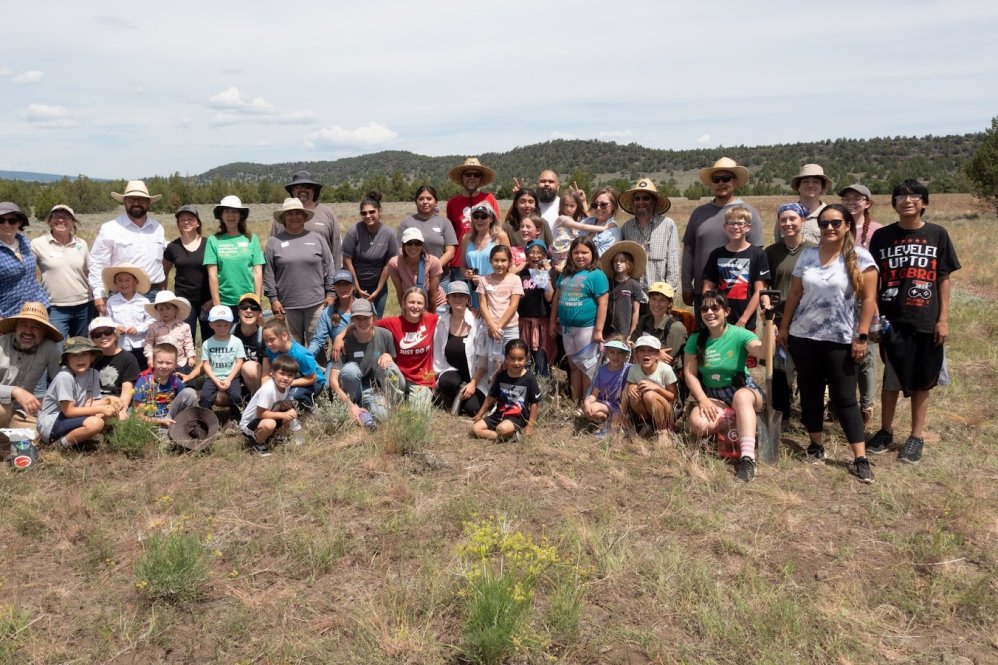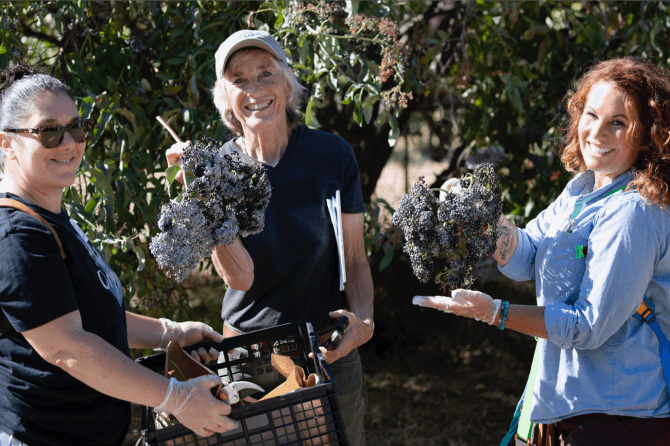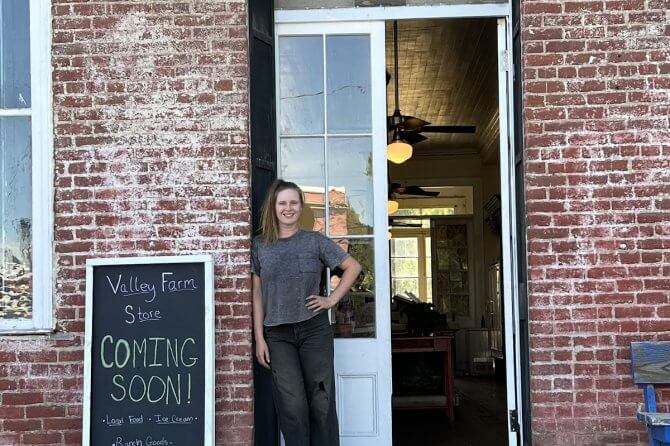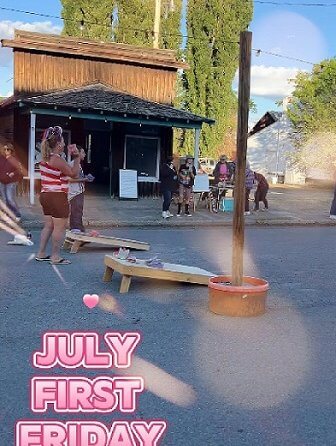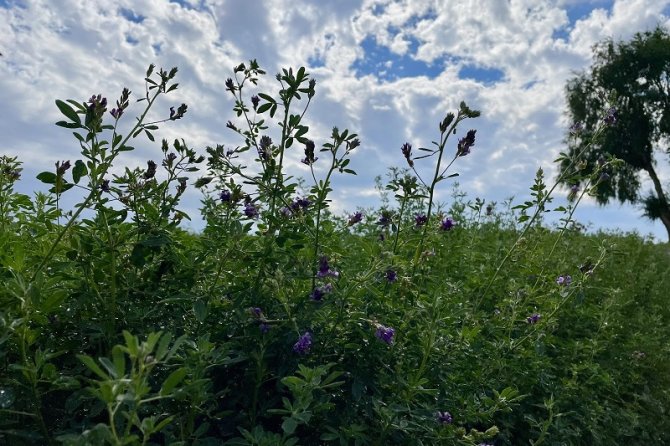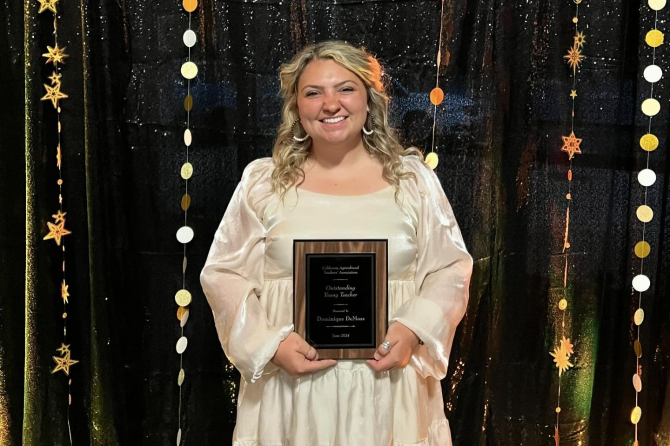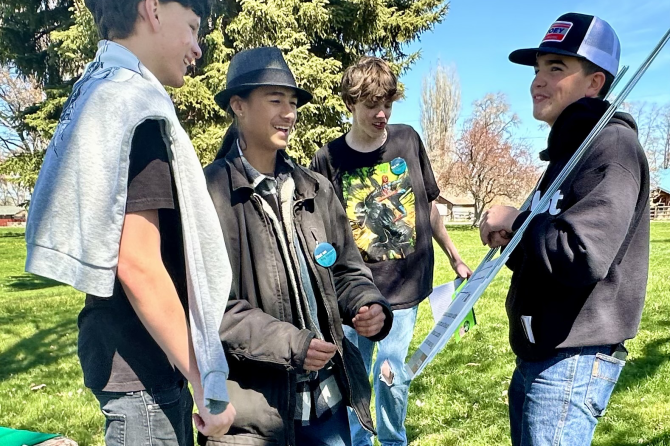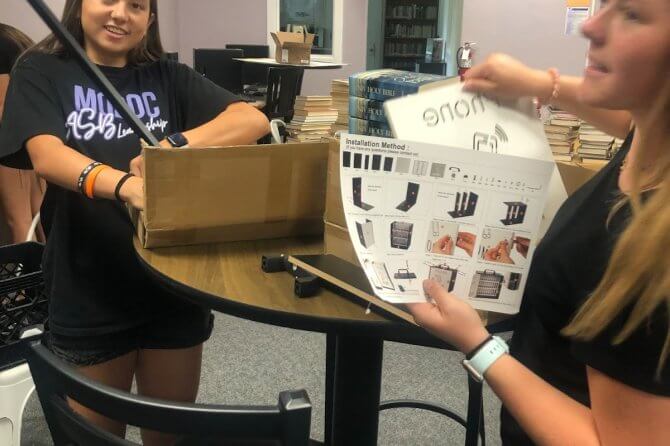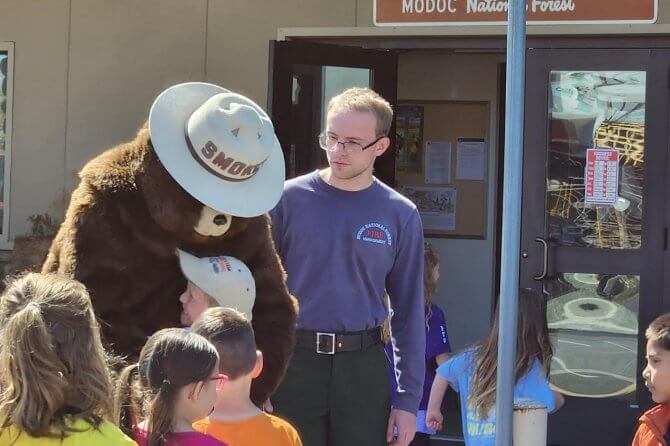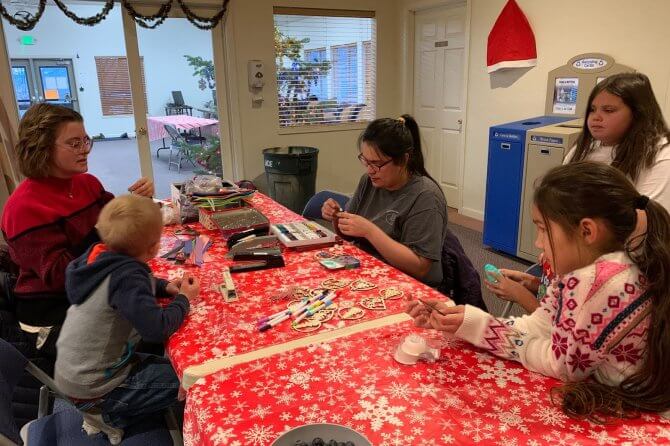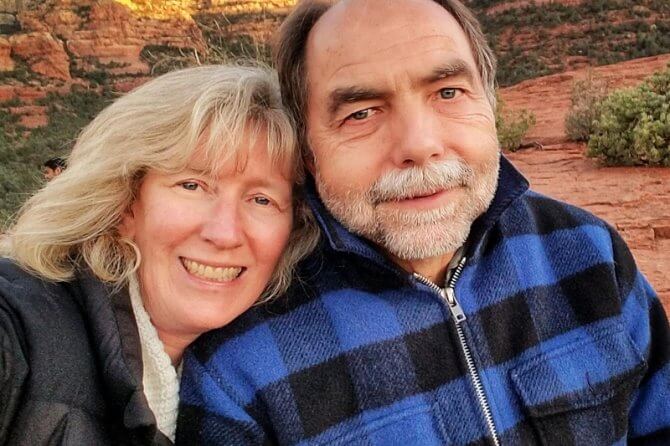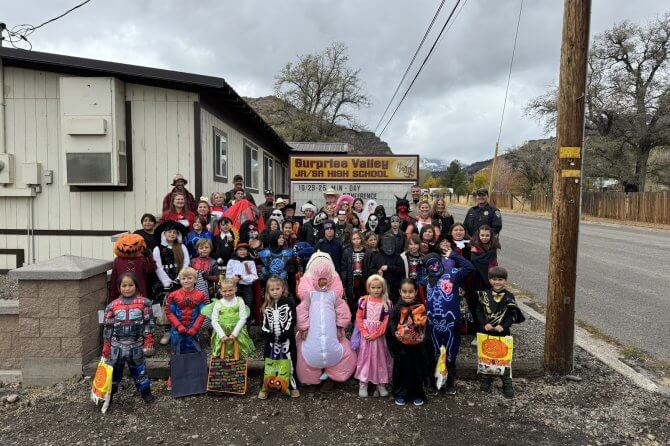Event partners and community members gather in the experimental yapa patch just over the Nevada border, the site of a long term study by Dr. James O’Connell of University of Utah.
By Allayana Darrow, Lomakatsi Restoration Project
Lomakatsi tribal and executive leadership staff from left to right: Ty Townsend, Nahaya Harris, Belinda Brown, Marko Bey, and Nelonna Mortimer with University of Utah Distinguished Professor Emeritus Dr. James O’Connell (third from right).
The Indigenous Traditional Ecological Knowledge Field Day returned to Surprise Valley on Saturday, June 8, with groups of all ages led by Northern Paiute Gidutikad Band members going to work with their digging tools to uncover treasured yapa roots.
The event began Saturday morning on the Northern Paiute Gidutikad Band Fort Bidwell Indian Reservation, part of the greater area called “Yamoos” in the Paiute language. Tribal elder Patsy Garcia expressed a Paiute prayer and Ty Townsend, Northern Paiute Gidutikad Band member, shared traditional songs. The day’s field activities centered at an experimental yapa patch minutes across state lines into Nevada, within the ancestral territory of the Gidutikad Band, on lands administered by the Bureau of Land Management.
“It is always a breath of fresh air to come together, enjoy nature and teach our youth different activities that our ancestors used to live by,” said Liz Hernandez, Fort Bidwell Indian Community Council member. “Its heartwarming to share these cultural practices with our kids and keep this knowledge alive for future generations.”
The eight-acre yapa patch has been fenced off to exclude grazing for more than 20 years as part of research into the effects of low intensity prescribed fire on the plant. On Saturday, Northern Paiute Gidutikad Band members demonstrated how to dig yapa roots—a cultural First Food—and Dr. James O’Connell, Distinguished Professor Emeritus of Anthropology at the University of Utah, Jen Rovanpera, BLM Archaeologist, and Belinda Brown, Lomakatsi Tribal Partnerships Director, led a field tour about traditional uses and cultural burning practices.
The entire yapa plant is edible, but the real treat is the cluster of sweet, calorie-rich roots that can be eaten raw or ground into flour. The plant has many names and is traditionally called ya-pa or yampa in Paiute, baha in Pit River, and epos in Klamath. It is also known as wild or native carrot colloquially, and as Perideridia gairdneri to scientists.
O’Connell’s research into the importance of traditional land management practices in shaping local ecologies reflects what aboriginal community members have preserved throughout generations of ITEK: These plants thrive on cycles of fire and the tilling harvest. As a staple food for aboriginal people in the northern Intermountain West, digging the yapa roots and tilling the land are key to the cultivation cycle, especially in early summer when return rates are highest.
“Fellow researchers who returned for the event remarked on the improved digging conditions this year in spots where they dug last year and said that the density of plants seemed higher as well,” O’Connell said. “Not surprising, but good to see verified: Tillage improves plant productivity and reduces collecting costs.”
After yapa digging, participants shared in a feast at the Tribal Community Center and explored demonstrations, including basketry with Klamath tribal members Nelonna Mortimer and Nahayah Harris of Lomakatsi, fire and forestry with Jennifer Payne and Sofia Maciel from Southern Oregon Forest Restoration Collaborative, and beading and crafting with Northern Paiute Gidutikad Band members Mathew Octuck and Lynell Cochran.
“Building on the success of last year’s event, this educational gathering continues to
demonstrate how the tribal community is leading collaborative efforts to improve land stewardship practices to preserve cultural first foods and promote anthropogenic fire while supporting strategic partnerships with the broader community, universities, nonprofits, and federal agencies,” said Belinda Brown, Lomakatsi Tribal Partnerships Director and a member of the Kosealekte Band of the Ajumawi-Atsuge Nation (federally recognized as the Pit River Tribe). “These collaborative partnerships create the foundation to support a landscape-scale forest and community resilience effort across tribal trust and federal lands.”
The 2 nd Annual ITEK Field Day builds on a growing partnership that has been funded and supported by the Gidutikad Band of Northern Paiute of the Fort Bidwell Indian Tribe, Lomakatsi, Bidwell Canyon Farm, Surprise Valley Education Foundation, a Public Good Grant from University of Denver’s Center for Community Engagement to Advance Scholarship and Learning, University of Utah, BLM, and California Rural Indian Health Board.

